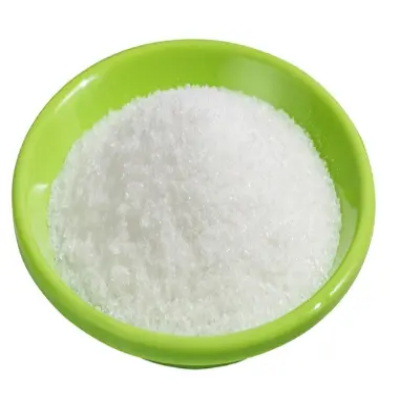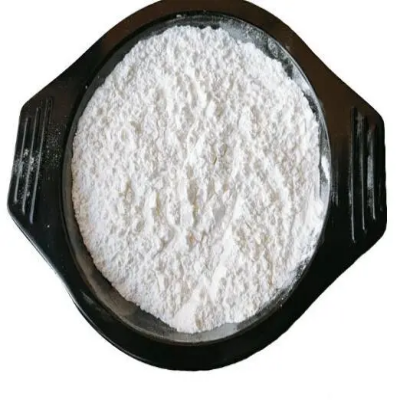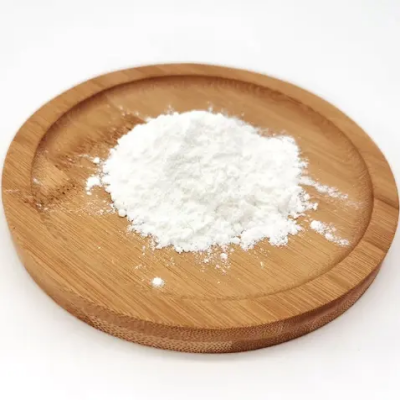ethynylmagnesium bromide CAS:4301-14-8
Ethynylmagnesium bromide (C₂H₃MgBr) is a significant member of the Grignard reagent family, characterized by the presence of an ethynyl group (-C≡CH) linked to a magnesium atom coordinated with bromine. This unique structure grants it distinct reactivity patterns that are highly valuable in synthetic organic chemistry. One of the primary uses of ethynylmagnesium bromide is as a powerful nucleophile. Due to the electron-rich nature of the alkyne moiety, this reagent readily reacts with a variety of electrophiles, particularly carbonyl-containing compounds. When ethynylmagnesium bromide interacts with aldehydes or ketones, it undergoes nucleophilic addition, resulting in the formation of propargylic alcohols upon subsequent workup. These propargylic alcohols serve as versatile intermediates in organic synthesis, enabling further transformations such as cyclization, oxidation, and functional group modifications. In addition to its reactions with carbonyls, ethynylmagnesium bromide can also engage in reactions with epoxides and α,β-unsaturated carbonyl compounds. The strain associated with the triple bond makes the ethynyl group an effective nucleophile, contributing to the formation of complex molecular architectures that can be found in natural products and pharmaceutical agents. Another noteworthy aspect of ethynylmagnesium bromide is its application in the synthesis of substituted alkynes. By reacting with alkyl halides or other suitable electrophiles, it can facilitate the construction of longer carbon chains or diverse functional groups, which are critical in medicinal chemistry and materials development. However, caution must be exercised when handling ethynylmagnesium bromide due to its high reactivity with moisture and air. It must be stored under strictly anhydrous conditions to prevent hydrolysis, which could lead to the release of flammable hydrocarbons and generate hazardous conditions. In summary, ethynylmagnesium bromide is a versatile and essential tool in organic synthesis, known for its ability to form carbon-carbon bonds and react with various electrophiles. Its unique properties allow chemists to create complex organic molecules, making it invaluable in the fields of pharmaceuticals, fine chemicals, and materials science. Understanding its reactivity and applications enhances synthetic strategies and contributes to advancements in chemical research.



| Composition | C2HBrMg |
| Assay | 99% |
| Appearance | white powder |
| CAS No. | 4301-14-8 |
| Packing | Small and bulk |
| Shelf Life | 2 years |
| Storage | Store in cool and dry area |
| Certification | ISO. |









